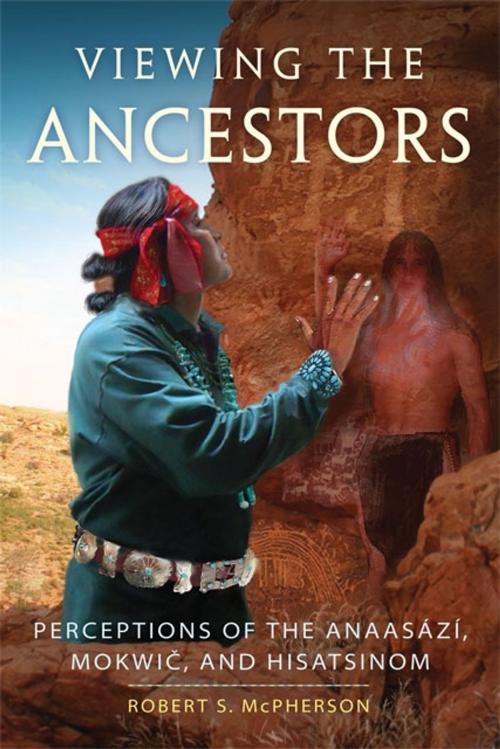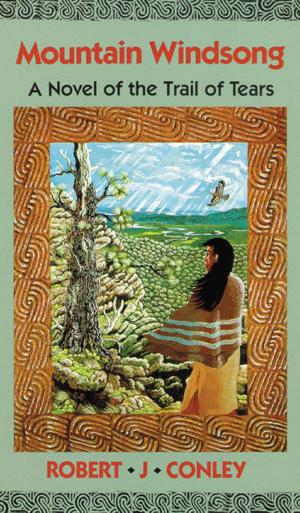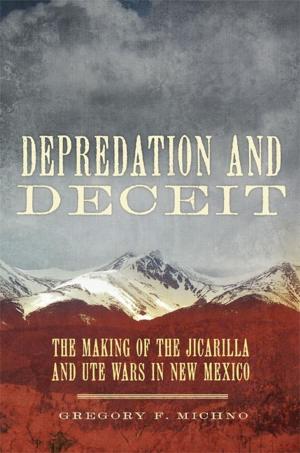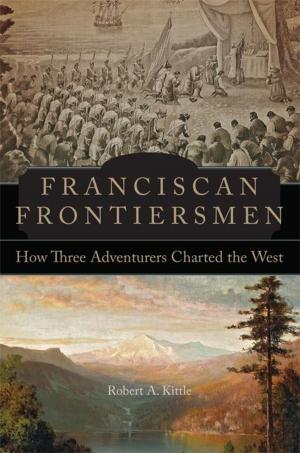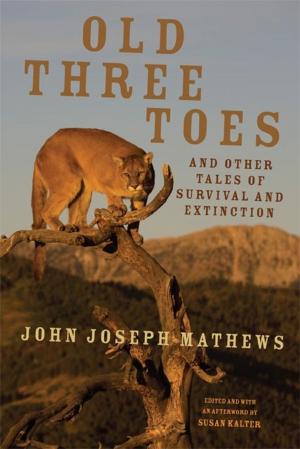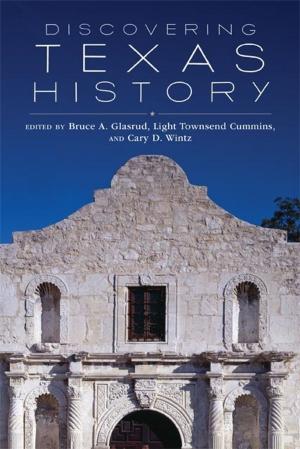Viewing the Ancestors
Perceptions of the Anaasází, Mokwic, and Hisatsinom
Nonfiction, History, Americas, Native American| Author: | Robert S. McPherson | ISBN: | 9780806145693 |
| Publisher: | University of Oklahoma Press | Publication: | March 17, 2014 |
| Imprint: | University of Oklahoma Press | Language: | English |
| Author: | Robert S. McPherson |
| ISBN: | 9780806145693 |
| Publisher: | University of Oklahoma Press |
| Publication: | March 17, 2014 |
| Imprint: | University of Oklahoma Press |
| Language: | English |
The Anaasází people left behind marvelous structures, the ruins of which are preserved at Mesa Verde, Chaco Canyon, and Canyon de Chelly. But what do we know about these people, and how do they relate to Native nations living in the Southwest today? Archaeologists have long studied the American Southwest, but as historian Robert McPherson shows in Viewing the Ancestors, their findings may not tell the whole story. McPherson maintains that combining archaeology with knowledge derived from the oral traditions of the Navajo, Ute, Paiute, and Hopi peoples yields a more complete history.
McPherson’s approach to oral tradition reveals evidence that, contrary to the archaeological consensus that these groups did not coexist, the Navajos interacted with their Anaasází neighbors. In addition to examining archaeological literature, McPherson has studied traditional teachings and interviewed Native people to obtain accounts of their history and of the relations between the Anaasází and Athapaskan ancestors of today’s Hopi, Pueblo, and Navajo peoples.
Oral history, McPherson points out, tells why things happened. For example, archaeological findings indicate that the Hopi are descended from the Anaasází, but Hopi oral tradition better explains why the ancient Puebloans may have left the Four Corners region: the drought that may have driven the Anaasází away was a symptom of what had gone wrong within the society—a point that few archaeologists could derive from what is found in the ground.
An important text for non-Native scholars as well as Native people committed to retaining traditional knowledge, Viewing the Ancestors exemplifies collaboration between the sciences and oral traditions rather than a contest between the two.
The Anaasází people left behind marvelous structures, the ruins of which are preserved at Mesa Verde, Chaco Canyon, and Canyon de Chelly. But what do we know about these people, and how do they relate to Native nations living in the Southwest today? Archaeologists have long studied the American Southwest, but as historian Robert McPherson shows in Viewing the Ancestors, their findings may not tell the whole story. McPherson maintains that combining archaeology with knowledge derived from the oral traditions of the Navajo, Ute, Paiute, and Hopi peoples yields a more complete history.
McPherson’s approach to oral tradition reveals evidence that, contrary to the archaeological consensus that these groups did not coexist, the Navajos interacted with their Anaasází neighbors. In addition to examining archaeological literature, McPherson has studied traditional teachings and interviewed Native people to obtain accounts of their history and of the relations between the Anaasází and Athapaskan ancestors of today’s Hopi, Pueblo, and Navajo peoples.
Oral history, McPherson points out, tells why things happened. For example, archaeological findings indicate that the Hopi are descended from the Anaasází, but Hopi oral tradition better explains why the ancient Puebloans may have left the Four Corners region: the drought that may have driven the Anaasází away was a symptom of what had gone wrong within the society—a point that few archaeologists could derive from what is found in the ground.
An important text for non-Native scholars as well as Native people committed to retaining traditional knowledge, Viewing the Ancestors exemplifies collaboration between the sciences and oral traditions rather than a contest between the two.
